5 Ways To Attract Toads To Your Garden (And Why You’d Totally Want To)
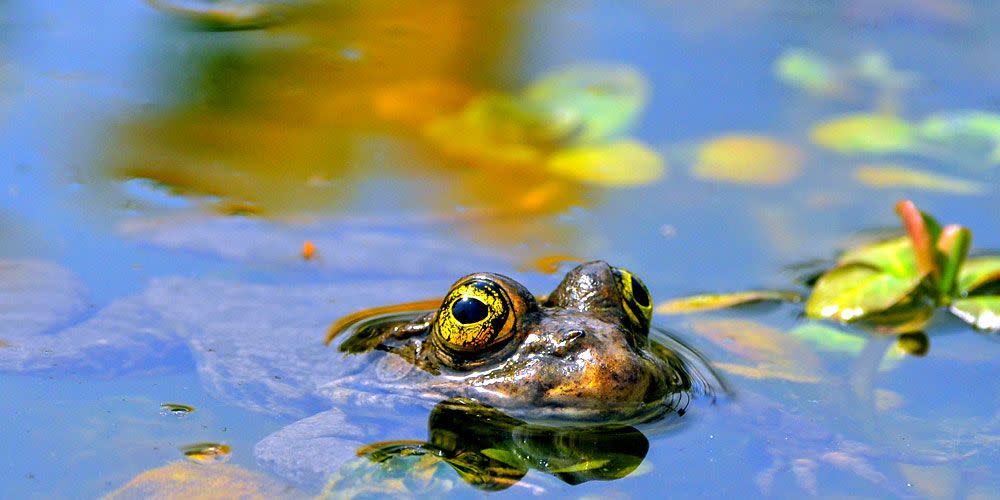
Toads may be the ugly ducklings of the amphibian world, but what they lack in beauty they make up for in pure insect-eating prowess. Slugs, snails, weevils, beetles— just about any nighttime muncher of tender garden leaves is dinner for a toad. In fact, toads will eat anything they can cram into their mouths (the opportunistic cane toad will even eat mice).
(On just a quarter-acre of land, you can produce fresh, organic food for a family of four—year-round. Rodale's The Backyard Homestead shows you how; get your copy today.)
For all their lumps and bumps, however, these amphibians are rather sensitive creatures. Just like any bird, butterfly, or salamander, toads have certain habitat preferences and if you want these garden guardians on the trail of your snails, you’ve got to meet those needs.
Just add water
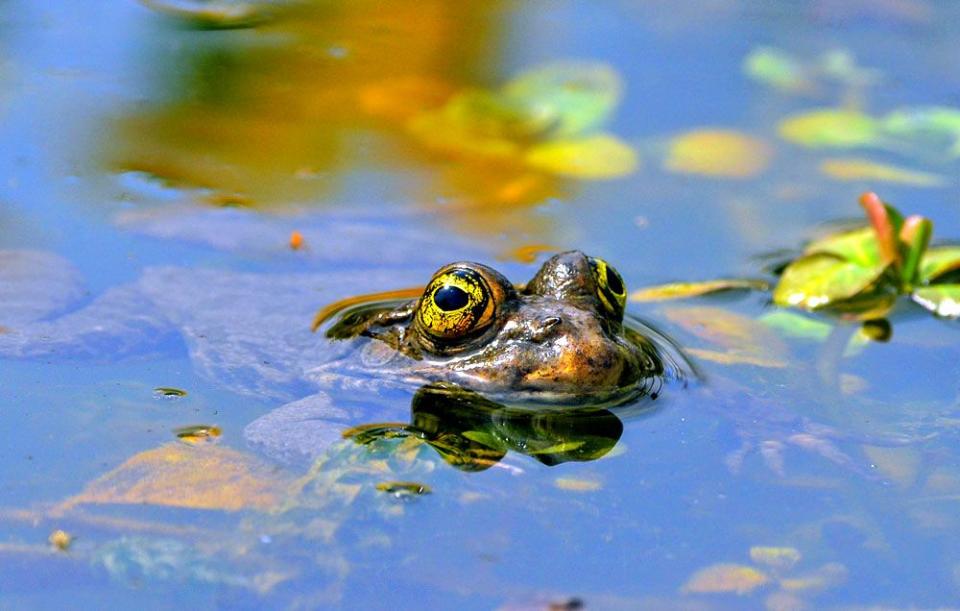
True, toads are more tolerant of dry land than their slippery cousins the frogs— but they do still need water to breed and lay eggs (which they do in long, translucent skeins). Digging a shallow pond, or carving out a bend in a stream where water can pool without flowing too quickly encourages toads to breed in your garden. (You’ll get to listen to their soft trilling song as they seek out mates, too.) During dry spells a sprinkler can bring them hopping out of the forest duff too, and will help other critters find a drink, as well. Make sure you’re aware of your town’s watering policies if you live in a drought prone area before turning on the hose.
Related: How To Prepare Your Backyard Pond For Winter
Silence your internal neat freak
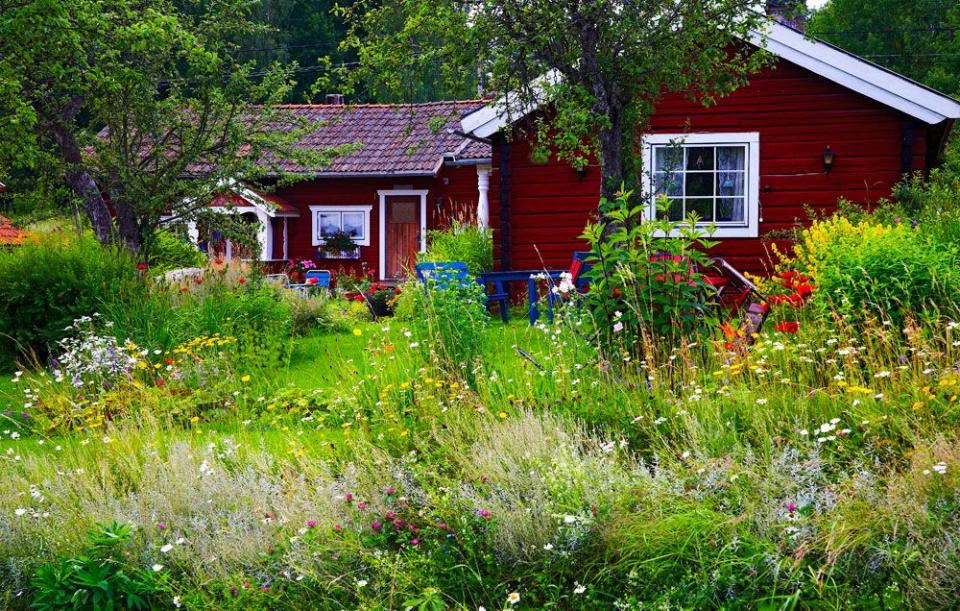
A well-kempt garden is the toad’s worst enemy. They need leaves to hide under and long grass to hop through—plus, leaving some of last year’s detritus to decay on the ground will attract the insects toads feed on. If you just can’t keep your hands off the rake, make a safe area for toads by piling up leaves, sticks, and spent flower heads in a corner of the garden. This way they’ll at least have somewhere to hibernate when winter comes.
Related: How To Attract Owls To Your Backyard
Mix up your beds
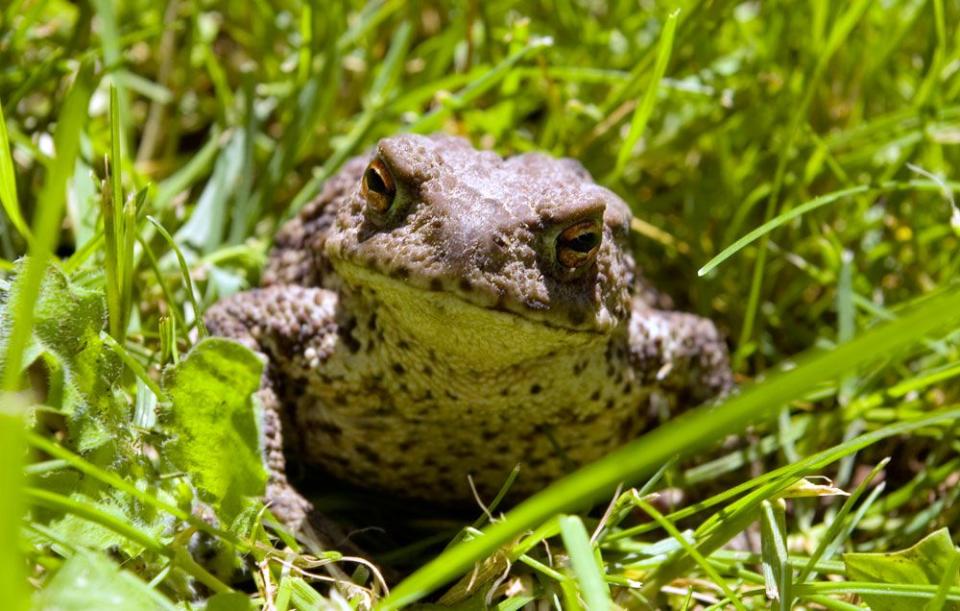
Plant diversity is a key component to attracting all and any type of wildlife. As Doug Tallamy illustrates in his book Bringing Nature Home, native plants attract many times more insects than their exotic counterparts—which in turn brings more of the animals that prey on those insects (toads included). Planting a variety of clump forming grasses, like native switchgrass or bluestem will also provide daytime hiding areas for vulnerable (and mostly nocturnal) toads. (Planting flowers in your vegetable beds isn’t a bad idea, either. )
Go organic
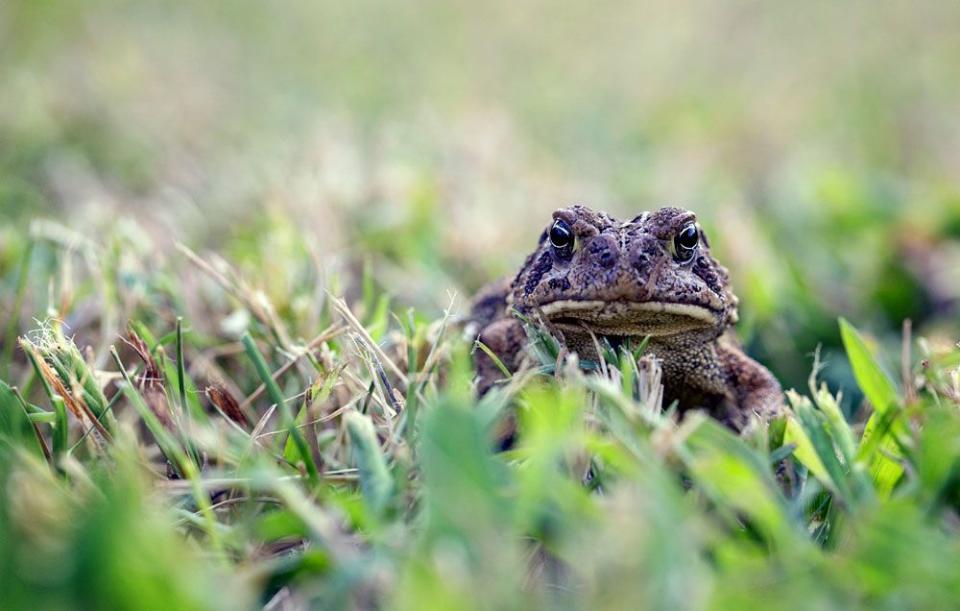
Amphibians are the canary in the coal mine of planet earth: Their delicate skin is incredibly porous and especially sensitive to environmental changes.
For this reason, even a little pesticide or weedkiller here and there can be tremendously damaging to resident toads. (Learn the best way to remove weeds naturally instead.) Besides, with a healthy toad retinue, your pest problems will be taken care of —naturally.
Tread carefully

Especially on warm, moist nights, be careful when you park the car. Amphibian carnage on humid evenings is horrific on roads, where toads and frogs gather to soak in warmth and wetness out in the open. Be aware your local toad congregation may gather in your driveway, or on your porch where light from the house attracts insects. When outdoors on a summer evening, just assume there are toads underfoot.
Related: 8 Green Ways To Create A Grass Free Garden
You Might Also Like